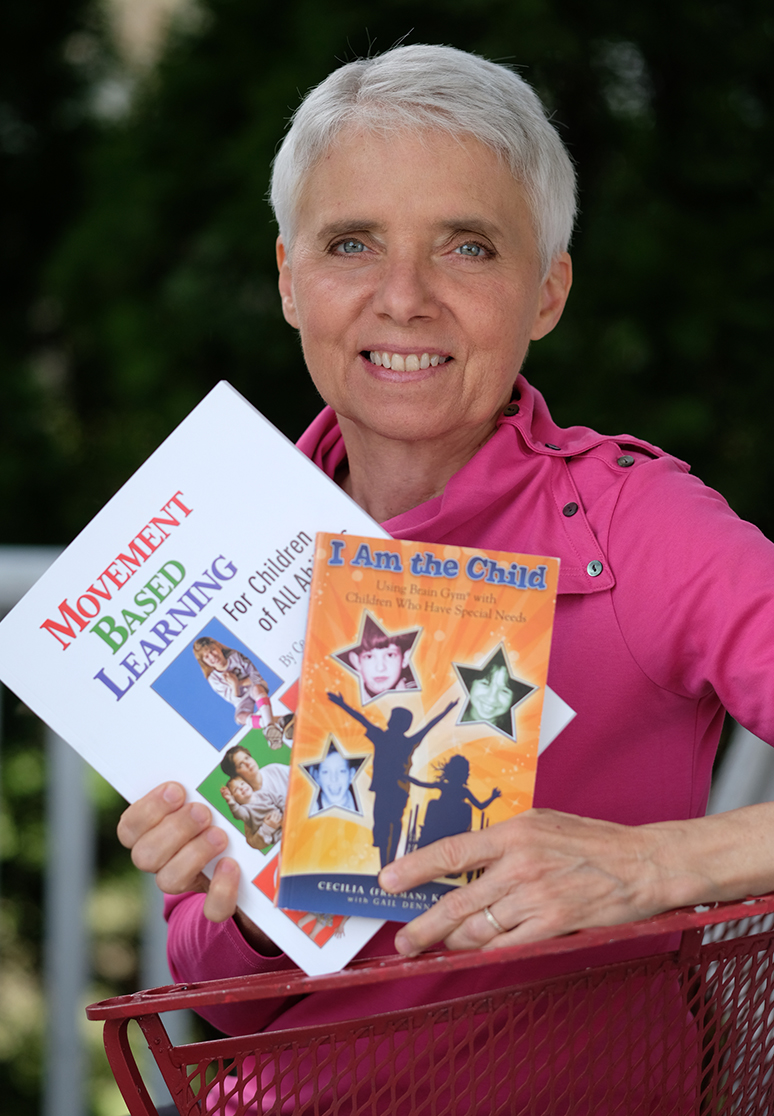Using and Teaching The Building Block Activities (MBL:BBA)
A 1-day workshop that offers an in-depth look at some basic patterns of neurological and motor development and is a good basis for further training in reflex integration such as Brain Gym® or rhythmic movement training with RMTi.
The movements and activities that are taught are called “Building Block Activities.”
The Building Block Activities can be very effective in the learning or re-learning of natural, normal developmental movement patterns.
About this workshop:
It is open to all parents, caregivers, teachers and therapists. (No pre-requisites.)
The emphasis is on promoting neurological patterns that form the basis for further development or may form the basis for a return to natural, normal development after a brain injury or stroke.
In this workshop students learn:
- How to assess the needs of the child or adult who is differently abled
- How to develop a program using the Building Block Activities
- How to evaluate the effectiveness of the program
- How to modify, when necessary, the activities of the child or adult so the developmental movement patterns can be accessed through the use of the Building Block Activities
- How to do each of the 7 Building Block Activities
- Core Activation — Activating the core muscles is a major building block for future movement patterns.
- Ear Popping — Used to increase internal and external organization by promoting rhythm, timing and flow.
- Eye Activation — Through visual information we can establish where the body is in space.
- Lengthening Activity on the Foot — Relaxing the nervous system can be aided by lengthening foot muscles.
- Skull Tapping — Organized stimulation of the nerves in the head promotes a sense of rhythm, timing and flow within the brain/body system.
- Spinal Walking — Spinal movements are the foundation from which we develop our inner and outer attention.
- Flash Light Game — Used as an eye tracking tool for children and adults who have limited abilities.
Students will leave the course with new skills that optimize learning and performance in all areas of life. And they will find that these tools are immediately applicable in home, school and therapeutic settings.
This course provides excellent applications for a variety of mental and physical challenges including and yet not limited to, autism, cerebral palsy, attention deficit disorders, dyslexia, Angelman’s Syndrome, Down Syndrome, speech impairment, brain injuries, blindness, deafness, impairments caused by strokes, epilepsy and/or developmental delays.


 Classes
Classes
